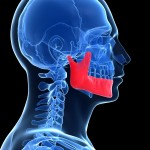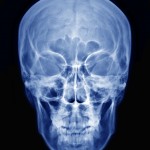
This prospective year long multi-centre study involving 11European counties provides an interesting overview of the current demographics, causes and characteristics of maxillofacial fractures in these centers.
[read the full story...]
This prospective year long multi-centre study involving 11European counties provides an interesting overview of the current demographics, causes and characteristics of maxillofacial fractures in these centers.
[read the full story...]
Review of 36 studies at high risk of bias suggests that surgical treatment of mandibular condylar fractures provides a better clinical outcome for post-treatment malocclusion, protrusion, laterotrusion, and lateral deviation during maximal incisal opening in comparison to non-surgical treatment. But more patients affected by post-treatment infection.
[read the full story...]
Around a third of mandibular fractures involve the mandibular condyle. Treatment approaches involve either an open or closed approach and there is no general agreement of which method should be used. The aim of this review was to compare open and closed treatment of moderately displaced condylar fractures. The authors searched 3 databases PubMed, Cochrane [read the full story…]

Fractures of the mandibular condyle account for between a quarter and a third of mandibular fractures. However, there is still controversy about the best method of treatment . A recent meta-analysis by Kyas et al ( Dental Elf 20Apr 2012) suggested that open reduction and internal fixation (ORIF) may be as good if not better [read the full story…]

Last Friday we looked at a review that looked at the evidence for the management of fractured condyles in adults. The aim of this review was to give a comprehensive overview of the international literature, including case reports and clinical studies, focusing on management and outcome of CFs in children and adolescents. What did they [read the full story…]

Fractured mandibular condyles are common representing 25-35% of all mandibular fractures. They are treated by conservative management (CM) or open reduction/internal fixation (ORIF) but the evidence to support superiority of one method over the other has not been assessed. The aim of this review is to evaluate the current evidence regarding the interventions that can [read the full story…]